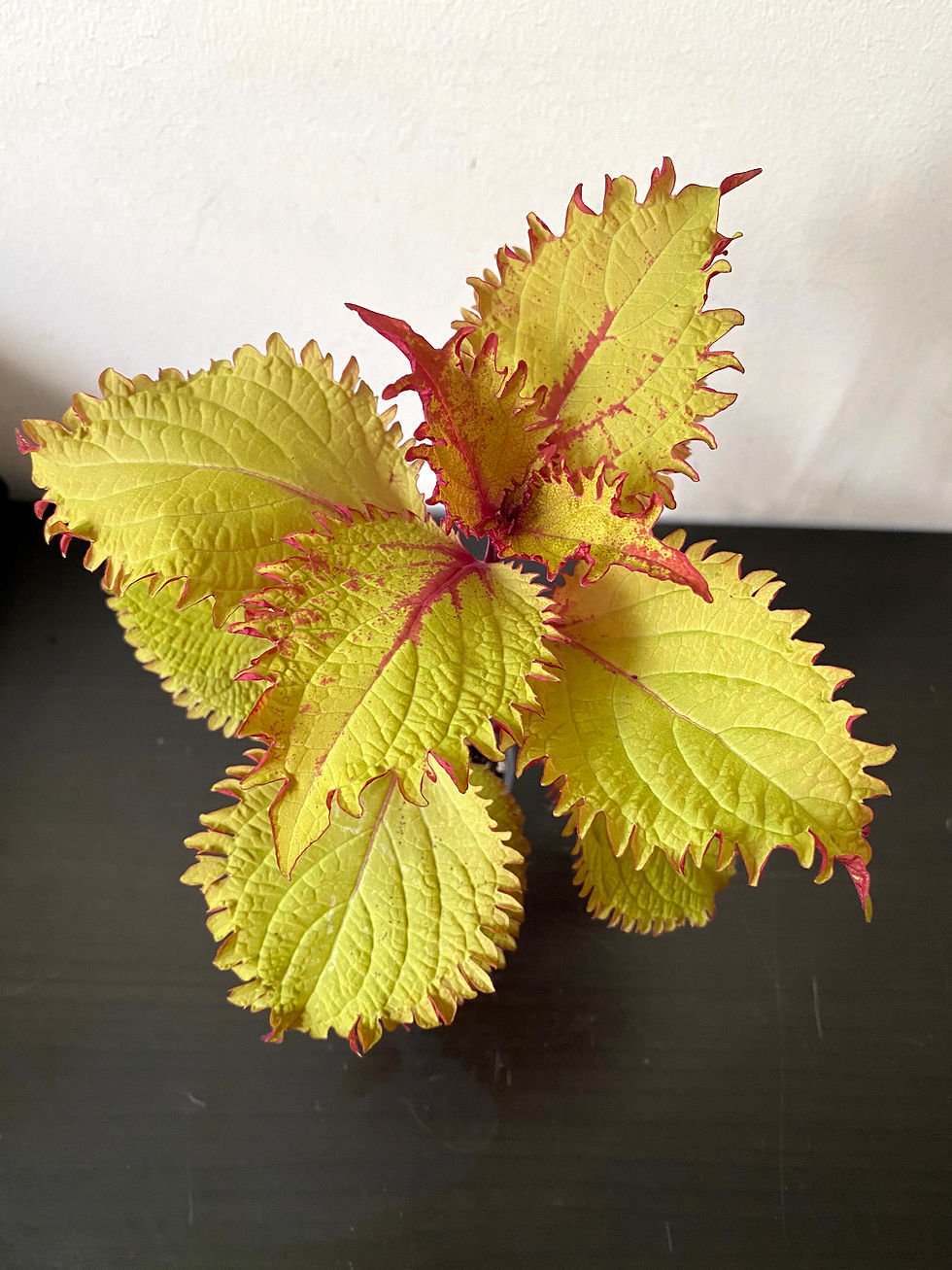Vegetable Seeds Guide: Choosing the Right Seeds for Your Garden
- Alla P.
- Oct 25
- 4 min read
Starting a garden is one of the most rewarding hobbies you can take on. Watching tiny seeds grow into vibrant plants is a joy that connects you with nature. But before you get your hands dirty, you need to pick the right seeds. Choosing the right vegetable seeds can make all the difference between a bountiful harvest and a disappointing patch. This vegetable seeds guide will walk you through everything you need to know to select the best seeds for your garden.
Understanding Your Garden’s Needs: A Vegetable Seeds Guide
Before you rush to buy seeds, take a moment to understand your garden’s unique conditions. Your soil type, sunlight availability, and climate all play a big role in what will grow well.
Soil Type: Is your soil sandy, clayey, or loamy? Some vegetables prefer loose, well-drained soil, while others tolerate heavier soils.
Sunlight: Most vegetables need at least 6 hours of direct sunlight daily. If your garden is shaded, choose plants that thrive in partial sun.
Climate: Know your USDA hardiness zone or local climate conditions. Some seeds are better suited for cool weather, others for heat.
For example, if you live in a cooler region, leafy greens like spinach and kale will thrive. In warmer areas, tomatoes and peppers are excellent choices.

How to Choose the Right Seeds for Your Garden
Picking seeds can feel overwhelming with so many options available. Here’s a simple approach to help you decide:
Start with What You Like to Eat
Growing vegetables you enjoy eating keeps you motivated. If you love fresh tomatoes, start there. If herbs and spices are your passion, consider basil, cilantro, or dill.
Consider Your Space
If you have limited space, choose compact or dwarf varieties. For example, bush beans take up less room than pole beans.
Look for Disease-Resistant Varieties
Some seeds are bred to resist common diseases. This can save you time and effort in pest control.
Check the Seed Packet for Days to Maturity
This tells you how long it takes from planting to harvest. Choose seeds that fit your growing season length.
Buy from Trusted Sources
Quality matters. Seeds from reputable suppliers have better germination rates and true-to-type plants. For a great selection, check out vegetable seeds.
Try Rare or Heirloom Varieties
These often have unique flavors and colors. They can add excitement to your garden and kitchen.
When I first started gardening, I picked seeds based on what looked pretty in the catalog. I quickly learned that some plants didn’t suit my garden’s conditions. Now, I always match seeds to my environment and tastes.
Where can I get free veggie seeds?
If you’re just starting out or want to try new varieties without spending much, free seeds are a fantastic option. Here are some ways to find them:
Seed Swaps and Community Gardens
Many local gardening groups host seed swaps where you can trade seeds with other gardeners.
Online Seed Libraries
Some organizations offer free seed packets in exchange for a small donation or a promise to share seeds later.
Local Agricultural Extensions
These offices sometimes provide free seeds or starter kits to encourage home gardening.
Friends and Family
Don’t underestimate the power of sharing. Ask around—someone might have extra seeds from last season.
Gardening Events and Workshops
Attend local events where free seeds are often handed out to participants.
I once attended a community garden event and walked away with a handful of rare herb seeds. It was a great way to expand my garden without extra cost.
Tips for Starting Seeds Indoors and Outdoors
Starting seeds indoors gives you a head start on the growing season. Here’s how to do it right:
Use seed trays or small pots with good drainage.
Fill with a light seed-starting mix, not regular garden soil.
Keep the soil moist but not soggy.
Provide warmth and light—grow lights or a sunny window work well.
Thin seedlings to avoid overcrowding.
For outdoor sowing:
Prepare your garden bed by loosening soil and removing weeds.
Follow the seed packet instructions for planting depth and spacing.
Water gently after planting.
Protect young seedlings from pests with row covers or natural repellents.
When I started indoors, I was amazed at how much faster my plants grew compared to direct sowing. But some seeds, like carrots and beans, do better when sown directly outside.
Caring for Your Seedlings and Ensuring a Healthy Garden
Once your seeds sprout, your job is to nurture them. Here are some key care tips:
Water Consistently: Keep soil evenly moist but avoid waterlogging.
Provide Adequate Light: Seedlings need plenty of light to grow strong.
Fertilize Lightly: Use a diluted, balanced fertilizer once seedlings develop true leaves.
Harden Off Before Transplanting: Gradually expose indoor seedlings to outdoor conditions over a week.
Watch for Pests and Diseases: Early detection helps prevent major problems.
I remember one season when I neglected to harden off my seedlings. They wilted badly after transplanting. Now, I always take the time to acclimate them.

Growing Your Garden with Confidence
Choosing the right seeds is the first step toward a thriving garden. By understanding your garden’s needs, selecting seeds wisely, and caring for your plants, you set yourself up for success. Remember, gardening is a journey. Each season teaches you something new.
If you want to explore a wide variety of high-quality seeds, including rare coleus and herbs, visit vegetable seeds. Their seeds are hand-picked, non-GMO, and perfect for home gardeners who value quality and sustainability.
Happy gardening! Your green thumb is ready to shine.


























Comments